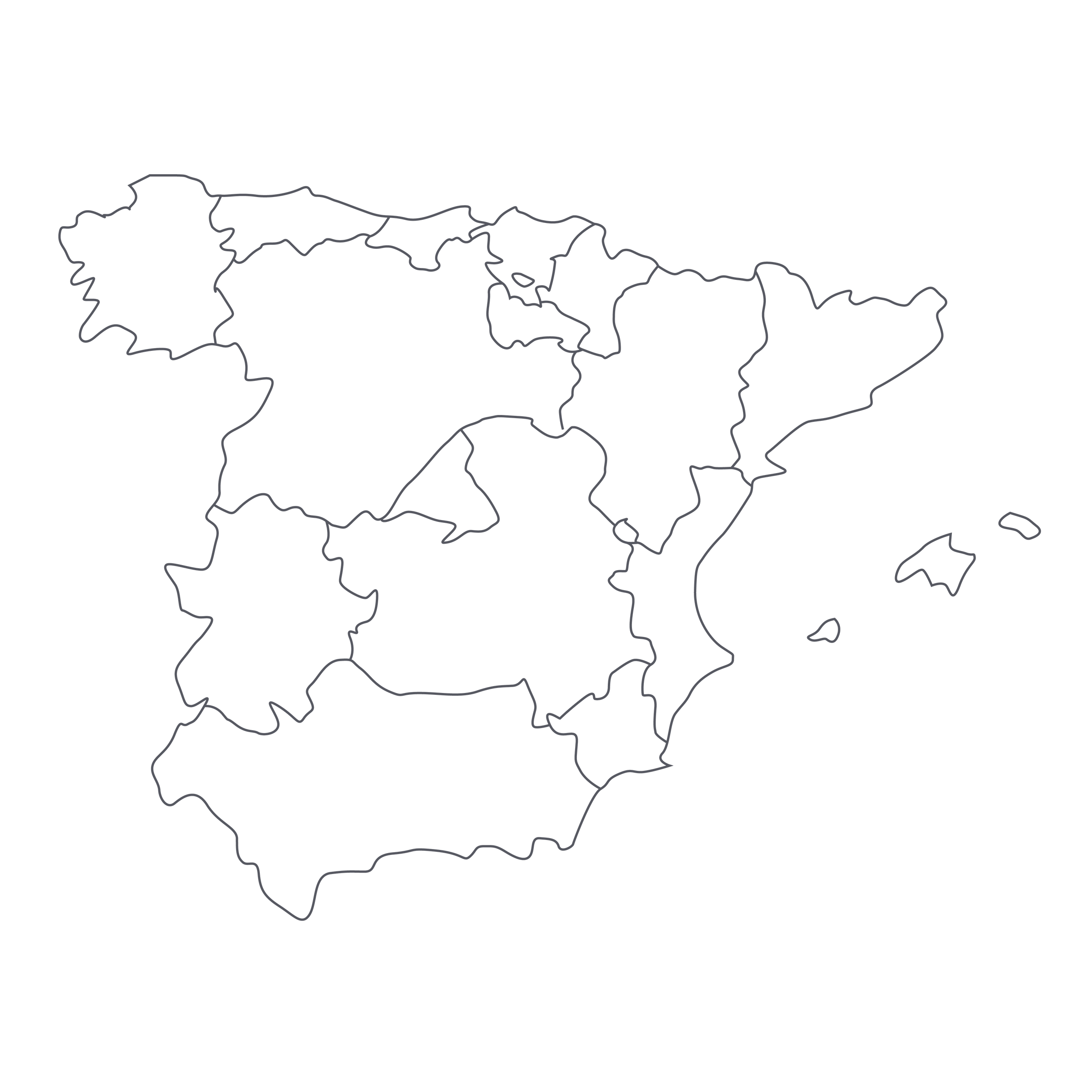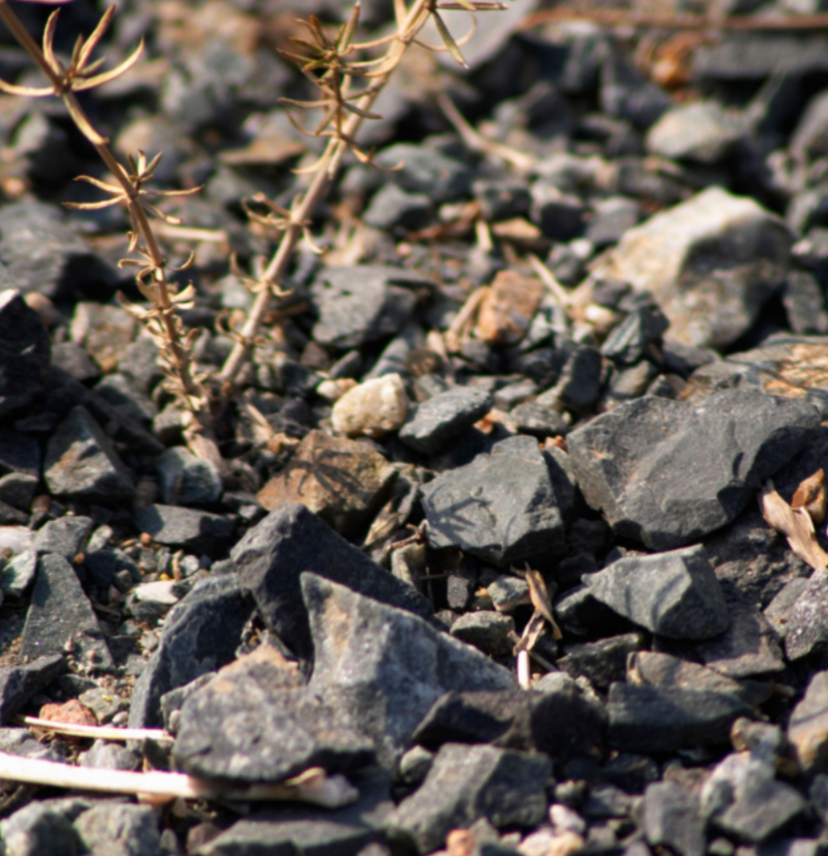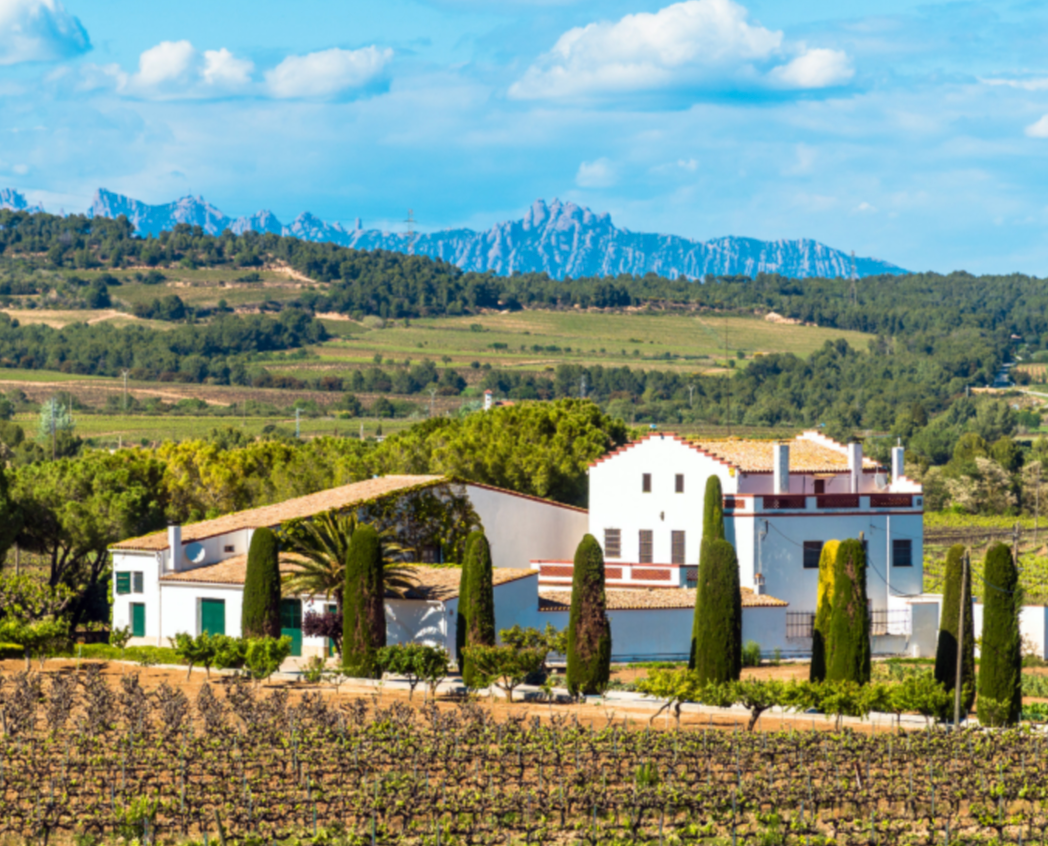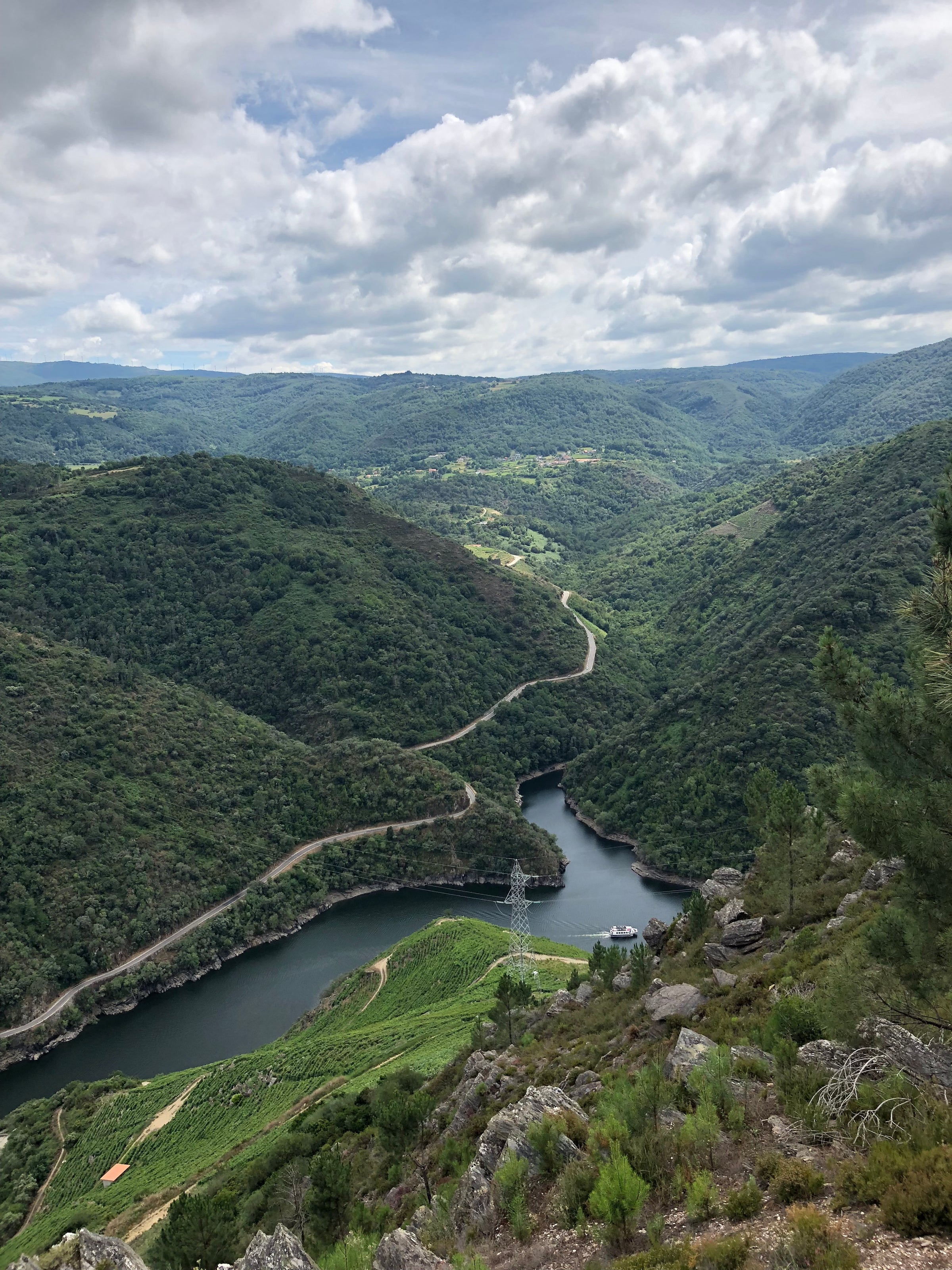Today, we have a real unicorn on our hands. I’ll admit up front that in a blind tasting, I would be flummoxed by Succés Vinícola’s “Feedback.” Although this captivating red has just five years of age, you might be fooled into thinking it was classic Napa Cabernet from the 1970s.
Or maybe Cru Beaujolais with some age. Or maybe…well, there are all sorts of places this 2014 takes you, the most important one being a high-elevation vineyard in Conca de Barberà, a D.O. (Denominació de Origen) in the northeastern reaches of Spain’s Tarragona province. For as long as anyone can remember, grapes from this Catalonian growing zone, such as Macabeo, Parellada, and the native Trepat, were harvested early, hitting 8%-9% a.b.v. for use in Cava production. Then, in 2011, a couple of twenty-somethings upended the entire appellation by deciding to let their Trepat grapes hang on the vine well past September into mid-to-late October. Even then, the finished wine clocked in at a mere 12% alcohol, but it was a blockbuster—an entire village’s collective jaw dropped. A native Iberian variety producing a Beaujolais-esque red at a time when Beaujolais was on the rise and inkier, more massive reds were falling out of style? There were maybe four producers even daring to make still wines from Conca de Barberà, and now, a handful of years later, that number has quadrupled. Revelatory wines like “Feedback” are the result, and the price of entry is incredibly, enticingly fair. You’ve never tasted anything like this!
In the last decade, Spain has emerged as a formidable player on the world stage when it comes to wine and food. I’ve enjoyed some of the greatest gastronomic experiences of my life in Spain; time and again I’m floored by the wines coming from relatively unknown appellations throughout the country. Most people still think of Rioja for the best wines. Well, I can’t say this enough: There are bright lights far beyond Rioja! A handful of intrepid importers have scoured Spain’s remote regions for great values, and more often, wines like today’s 2014 Succés come to the forefront and blow your mind, all because your preconceived notion of what’s in the bottle is upended the second you put your nose in the glass.
Succés Vinícola’s Mariona Vendrell and Albert Canela had no idea that in their early twenties they would cause a stir in Conca de Barberà. They’d returned home from an internship at a local winemaking school in Tarragona, and began to question the traditional practice of harvesting every grape, even their native Trepat, for Cava production. Perhaps “tradition” was simply too ingrained. After all, most winegrowers in the area never had the chance to make fine wine. When Spain’s dictator Francisco Franco died in 1985, he had ruled the country for close to four decades. When the country suddenly opened its borders to international trade, competition for poor grape-growers hit like a tidal wave. They were competing with New World wineries in Argentina and Australia on price and had been raised on the dogma that French varieties make the best wine in the world. But while many regions in Spain grappled with the uprooting of native varieties in favor of Bordeaux grapes, in Conca de Barberà, it was business as usual: Trepat, Parellada, and Macabeo would be grown—in quantity—for Cava. That’s what paid the bills!
In 2011, Vendrell and Canela looked around at what they had and started plotting. Albert’s father had been the most active and prominent vineyard manager in the region and Albert knew the area like the back of his hand. Geologically, Conca de Barberà is shaped like a bowl rising from 400 meters to 700 meters above sea level, with limestone-rich soils. In addition to the local native grapes like Tempranillo and Trepat, Cabernet Sauvignon was planted around the 700-meter mark, and interestingly, here, late in the season, Conca gets a lot of rain—often replenishing Cabernet vines, which struggle to ripen because of some rather extreme diurnal shifts. The famous Autopista highway (AP-2), which connects the western reaches of Spain with the eastern coast, also cuts a serious wind gap, providing cooling refreshment. For those who wait to harvest, the payoff is massive—unbelievably silky wine with vibrant acidity.
In 2011, Vendrell and Canela did just that—they waited—and then co-fermented their native Trepat with Cabernet and Tempranillo. The Trepat really shined, delivering incredible spicy notes and a potpourri of lavender and tomato stems, and added to ripe Cabernet, it delivers this complex structure while the Tempranillo lends a subtle herbal kick and a nice pop of freshness.
Organically farmed, with minimal added sulfur, the 2014 Feedback is an impactful wine out the gate. It displays a garnet red core moving to light purple and light ruby reflections on the rim with a light staining of the tears—I’d recommend a 30-minute decant because it needs to breathe to let the aromatics open up. Even out the gate, however, it’s like great Rioja meets the coast, almost Bordeaux-like, and a dead-ringer for Old School Napa Cabernet. Boysenberry and black currant aromas find high-toned violets, cacao, wild herbs, and crushed black rocks. Soon, it reveals more boysenberry and blueberry notes, almost like cold blueberries out of the fridge, followed by subtler anise or black licorice quality. Medium-plus in body, with lots of energy, earthy minerality, and an intense kiss of sour cherry on the palate, leather, crushed herbs, crushed earth, and a wild herbaceous characteristic that gets better as it opens up. It has the energy and nerve of a serious Beaujolais, but with the tannic intensity of grapes grown on the Spanish coast. I was floored by this wine: It is one of my favorite discoveries of the year, drinking beautifully now with five years of age but with the legs to go another five to ten, developing further complexities. Pull out your favorite recipe for pork or beef stew and pop several bottles to share with family or friends. It’s a journey well-worth taking!





